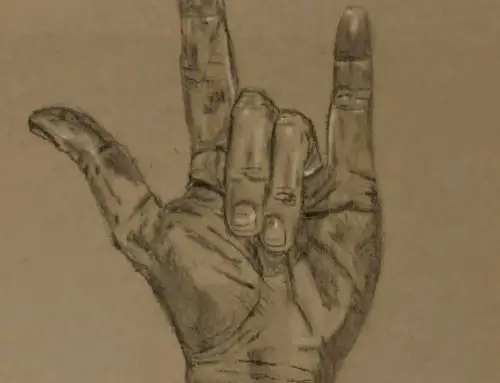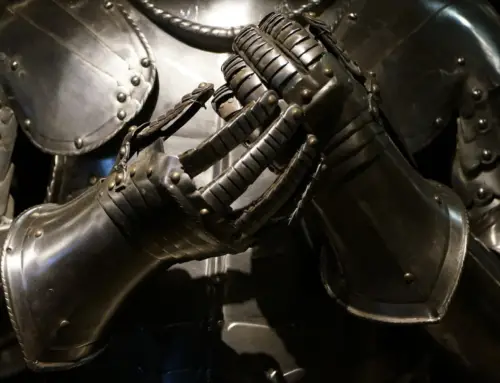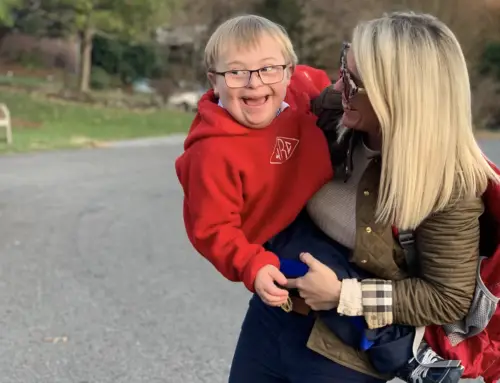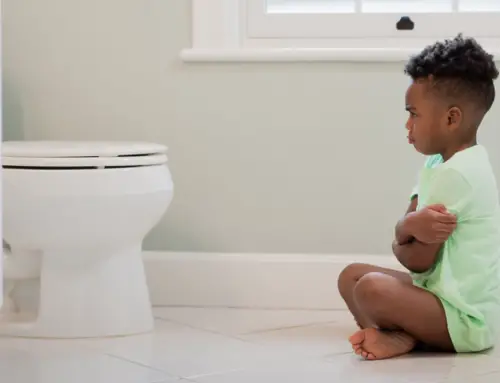One of the many lessons I’ve learned while homeschooling is to get over Grasshopper’s need to move his body. Everything about this went against my nature. I don’t need to fidget to learn. In fact if I am it’s more distracting. Sitting still comes naturally to me. It doesn’t come natural however to Grasshopper.

In fact kids with ADHD need to keep their body moving to help them focus. Let me tell you, it’s an adjustment that at times can drive me crazy! Early in our homeschooling days I was constantly saying things like “sit down” and “put that down”. I thought that if he was walking around or playing with something he wasn’t listening. If he wasn’t listening he must not be learning.
I’ve come to realize however, that quite the opposite is true. Grasshopper will listen MUCH better if I allow him to be doing something with his hands during school. Even though it might go against everything I know about paying attention and listening, it’s actually a benefit for kids like him.
Read Aloud Time
I used to make Grasshopper sit next to me or on my lap during read aloud time. He wasn’t enjoying it, and he had no idea what I was reading to him. If I were to ask him questions about what we just read, he would have no clue how to answer. It was frustrating to say the least.
So, I decided to let him start doing small activities during read aloud time. It made a dramatic difference in his listening and comprehension, even though I felt like he was totally ignoring me.
Some activities I allow him to do during read aloud time include coloring, or playing Legos. I should note, he’s not building new lego sets at this time, just general building with random pieces. I’m more lenient on what I let him do during read a loud time than our other lessons.
Fidget Ideas For Class Time
During all other subjects, we use smaller things to fidget. The idea behind fidgeting is to keep their bodies moving. Again, this is especially important for children with ADHD. The movements can be small, and subtle. Just enough to keep their bodies moving.
If I’m reading text where there is a coloring page assigned with the lesson, he will work on coloring while I read. Or, sometimes there are projects associated with the lesson that require cutting. I’ll let him cut out the project while I read (multi tasking win!).
For times when there are no activities like coloring or cutting, I’ll pull out some sort of item designed to help kids fidget. My favorite one that we’ve used is Crazy Aaron’s Thinking Putty. I am finding that it helps to mix things up a little though, so I think he’ll be getting this fidget cube and Twiddle Fidget for Christmas this year.
I also noticed him chewing his pencils a lot this year. When he wasn’t chewing pencils, it was his shirt sleeves or collar. These are signs that he might need some oral sensory input. These Chew Stixx are a great option.
Bottom Line
Find what works best for your child. The key is to use some sort of fidget tool that will allow the child some movement, but not be distracting. For instance mazes, puzzles or anything that requires them to focus on the fidget object is out.








Great ideas! I have some kids who need to fidget and like you it goes against my nature but I’m learning!
it does take a while to get over!